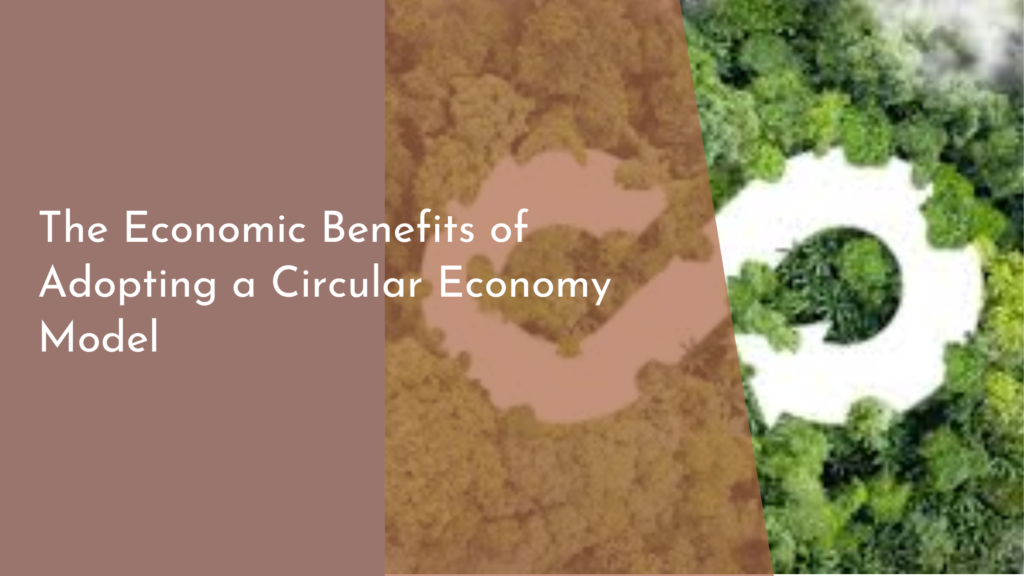Biodynamic Farming and its Connection to Permaculture
Biodynamic farming and permaculture are two innovative agricultural practices that prioritize sustainability, ecological balance, and the health of the planet. While they have distinct principles and practices, their shared commitment to creating self-sustaining ecosystems reveals a rich tapestry of interconnection. This article explores the essence of biodynamic farming, breaks down the core principles of permaculture, examines how these two practices can synergize, and celebrates the joy of cultivating harmony within nature.
Understanding Biodynamic Farming: A Holistic Approach
Biodynamic farming is an approach developed in the early 20th century by Rudolf Steiner. This method emphasizes a holistic understanding of the farm as a self-contained ecosystem, treating it as a living organism. Practices include the use of organic compost, crop rotation, and the integration of livestock to enhance the soil’s vitality and biodiversity. Unlike conventional methods that often rely on synthetic fertilizers and pesticides, biodynamic farming encourages growing crops in harmony with lunar and cosmic rhythms, thus fostering a deeper connection between agriculture and the universe.
A key aspect of biodynamic farming is the use of “preparations,” which are natural substances made from herbs, minerals, and animal manures. These preparations are intended to stimulate soil fertility and crop health. Farmers apply these preparations at specific times, often aligned with the lunar calendar, to maximize their effectiveness. This interconnectedness with natural rhythms not only promotes healthy crops but also nurtures a profound awareness of the land and its cycles.
The Core Principles of Permaculture Explained Simply
Permaculture, a term coined by Bill Mollison and David Holmgren in the 1970s, stands for "permanent agriculture" and conveys the idea of creating sustainable and self-sufficient agricultural systems. At its core, permaculture revolves around three ethical principles: care for the earth, care for people, and fair share. These principles guide practitioners to design ecosystems that are productive, resilient, and regenerative, ensuring that both nature and human communities thrive together.
In practical terms, permaculture designs utilize zones, sectors, and patterns that mimic natural ecosystems. By considering factors like sunlight, water flow, and soil fertility, permaculture practitioners create integrated systems that maximize efficiency and minimize waste. This may involve companion planting, establishing perennial crops, and utilizing natural pest control methods. The result is an agricultural framework that not only sustains human needs but also enriches biodiversity and ecological health.
How Biodynamic Practices Enhance Permaculture Systems
Biodynamic farming can significantly enhance permaculture systems through its emphasis on soil health and ecological balance. By incorporating biodynamic preparations into a permaculture design, farmers can improve soil fertility and encourage beneficial microorganisms. This holistic approach to soil management fosters a robust and resilient ecosystem, making it easier for plants to thrive and maintain their health without synthetic inputs.
Additionally, the biodynamic practice of planting according to lunar cycles can align perfectly with permaculture’s focus on timing and seasonal changes. By working with these natural rhythms, permaculture practitioners can optimize their planting and harvesting schedules, yielding more productive and nutrient-rich crops. This synergy between biodynamic methods and permaculture principles cultivates an environment where both farming practices enhance one another, creating a joyful cycle of abundance.
The Joy of Cultivating Harmony in Nature’s Ecosystem
Engaging in biodynamic farming and permaculture practices can lead to a profound sense of fulfillment. They offer not just a way to produce food, but also an opportunity to reconnect with nature and understand the intricate relationships that exist within an ecosystem. The pleasure of watching plants flourish and wildlife thrive brings a sense of joy and accomplishment that is truly rewarding. These practices foster a strong community spirit, encouraging collaboration, knowledge-sharing, and a collective commitment to environmental stewardship.
Moreover, this mutual respect for nature paves the way for a sustainable future. Adopting these practices helps combat climate change, preserve biodiversity, and promote healthy food systems. As individuals and communities embrace biodynamic farming and permaculture, they contribute to a greener planet where harmony, resilience, and joy can flourish. It’s an invitation to all to participate in the wonderful journey of cultivating not just the land, but also our connection to each other and the Earth.
In summary, biodynamic farming and permaculture are transformative approaches that empower us to work with nature rather than against it. By understanding and implementing their principles, we can create thriving ecosystems that support both human and environmental health. Embracing these methods leads to a joyful, sustainable way of living that harmonizes with our planet’s rhythms. Let us celebrate the beauty of cultivating harmony in nature’s ecosystem and inspire others to join this rewarding journey!

